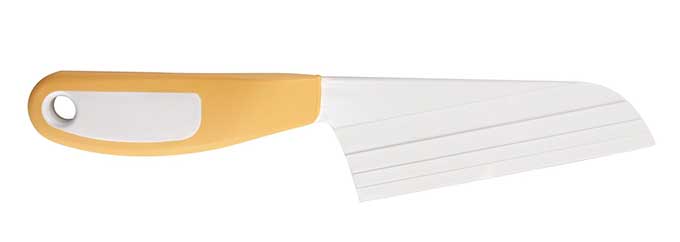Day: September 2, 2021
 09/2/21
09/2/21
Molding and Casting Skill Set: Makin’ Copies!
Gareth’s Tips, Tools, and Shop Tales – Issue #98
 09/2/21
09/2/21
Gareth’s Tips, Tools, and Shop Tales – Issue #98
A cool tool can be any book, gadget, software, video, map, hardware, material, or website that is tried and true. All reviews on this site are written by readers who have actually used the tool and others like it. Items can be either old or new as long as they are wonderful. We post things we like and ignore the rest. Suggestions for tools much better than what is recommended here are always wanted.
Tell us what you love.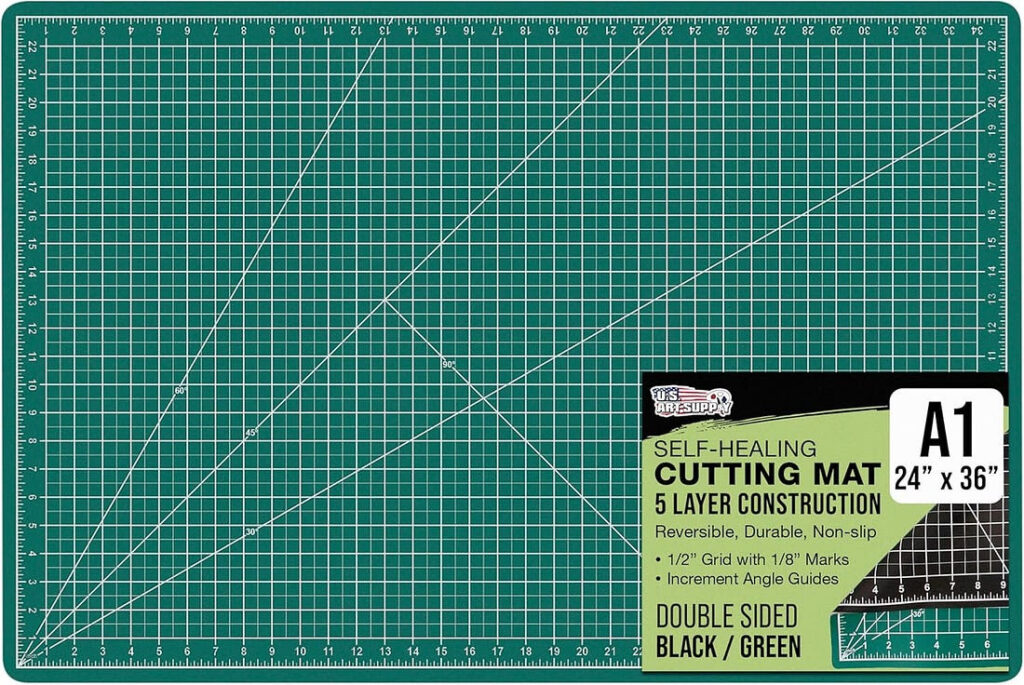
You razor-cut things on this mat, and unlike other materials it won’t accumulate a field of cut marks to misguide your blade. The self-healing rubber keeps the surface uniformly smooth, clean, and firm. And protects your table. Get the largest one you have room for and can afford. A large mat also says: don’t pile stuff here. — KK

Until a couple of years ago I had struggled with different inexpensive paper cutters, but I kept finding myself going to Kinko’s and using the cutters there. Then I got smart and jotted down the brand name, Dahle 550 Rolling Trimmer Paper Cutter, and bought one online.
What I appreciate most about this cutter is that I never have to change blades, or deal with dull blades, because it’s self-sharpening. The steel rotary blade contained within the plastic safety housing moves across a stationary blade that extends the length of the cutting platform. This action hones the rotary blade, which remains constantly sharp. It’s also set up for wall mounting, which is ideal in my home office layout.
One of the Dahle’s downsides is that the plastic plate that holds the paper down got dinged up — keep away from kids — causing the blade to run off the track if I’m not careful. Also, the next one I buy will be a larger model: The 550 is meant to cut up to 14 1/8-inch paper, but it’s awkward cutting anything over 8×10. — Andrew Heidrich
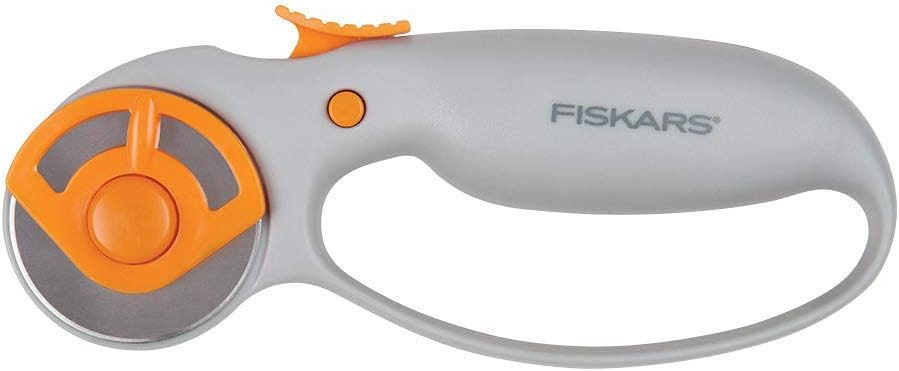
Rotary cutters aren’t new tools. It’s just taken me awhile to appreciate how great they are. The Fiskars Rotary Cutter replaces exactos for most heavy-duty cutting jobs in our household. It’s faster, surer, easier and therefore safer to use than razor blades. It will slice through paper, vinyl, cardboard, fabric, and foam board with ease and accuracy. I can only manage perfectly straight long cuts with a rotary cutter and straight edge. Cutting curves is buttery. Seamstresses can add pinking blades. The replaceable blade retracts when not in use; it can be side-switched for left-handers. When I think “cut” I reach for this tool. — KK

It is simply impossible to make a genuine straight, right-angle cut on paper using scissors, or even a razor blade and straight edge. The old guillotine paper cutter could deliver a clean cut, but at the risk of taking your fingers away. Fiskars, the scissors makers, invented a cutter with a tiny blade mounted on a hinged holder that zips through paper without any possible harm, even to the youngest children. It’s fast, accurate, and crisp. — KK

A classic bone folder is made of real bone, not plastic or Teflon, and resembles a fat, blunt-edged tongue depressor, rounded at one end and pointed at the other. With it, I can turn a digital print, piece of cardstock or watercolor paper into a professional-looking note or greeting card.
Pulling the pointed end alongside a straight edge and across the paper produces a subtle score that facilitates a perfect fold. Next, I fold the card very gently by hand along the score, and then stroke one of the short, straight sides of the bone folder along the score to flatten the rounded fold to a sharp crease.
When sending a letter that I want to look good, I make two quick strokes of the folder along preliminary hand folds to create folded edges that are sharp and square. Bone folders also can be used to burnish paper as it is glued to cardstock, album or scrapbook pages. They produce accurate and sharp folds and creases on origami papers as well as facilitate sculpting, architectural modeling or bookbinding with paper.
I recommend rubbing your bone folder with olive oil from time to time to avoid flaking or brittleness. Folders made of real bone are best, unless you wish to use a Teflon folder to avoid the slight luster sometimes created by the friction of a real bone folder. — Clifford Peterson
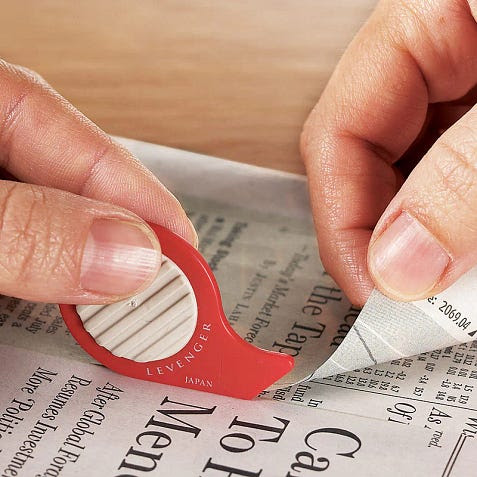
I like to clip items from the newspaper or magazines that are relevant to my clients and prospects. This tool makes that task simple — just grip between thumb and forefinger and trace the outline of the article you want to clip — you even leave the underlying pages intact! — Bruce Bradford
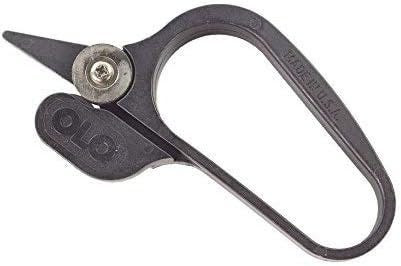
Two rotating wheels slice paper the way an open scissors does occasionally. Absolutely marvelous for cutting wrapping paper or making lots of long cuts. Also great for kids who don’t quite have the coordination to use scissors well. We keep ours in the gift wrap box. — KK
Once a week we’ll send out a page from Cool Tools: A Catalog of Possibilities. The tools might be outdated or obsolete, and the links to them may or may not work. We present these vintage recommendations as is because the possibilities they inspire are new. Sign up here to get Tools for Possibilities a week early in your inbox.
© 2022

